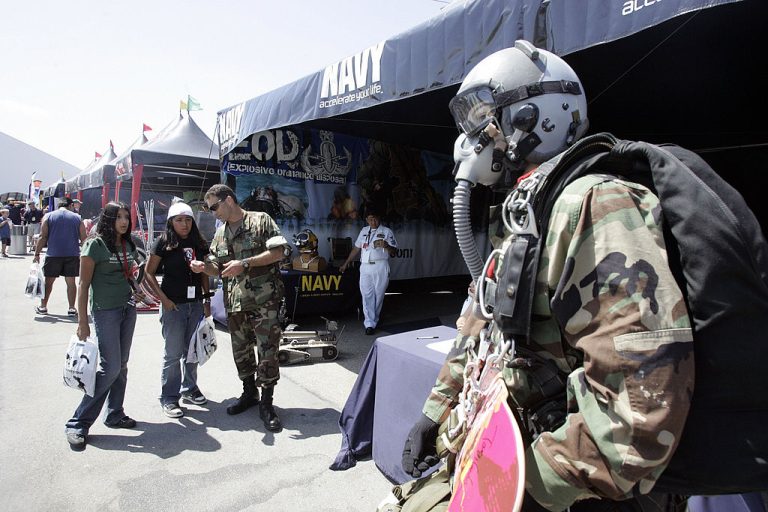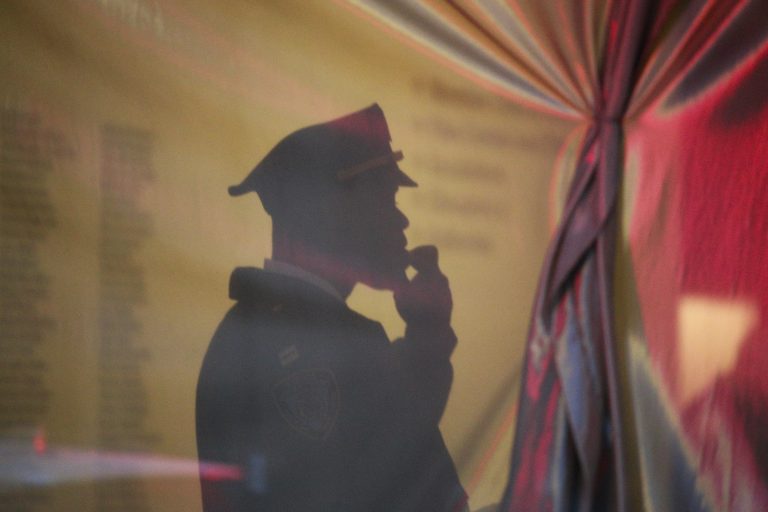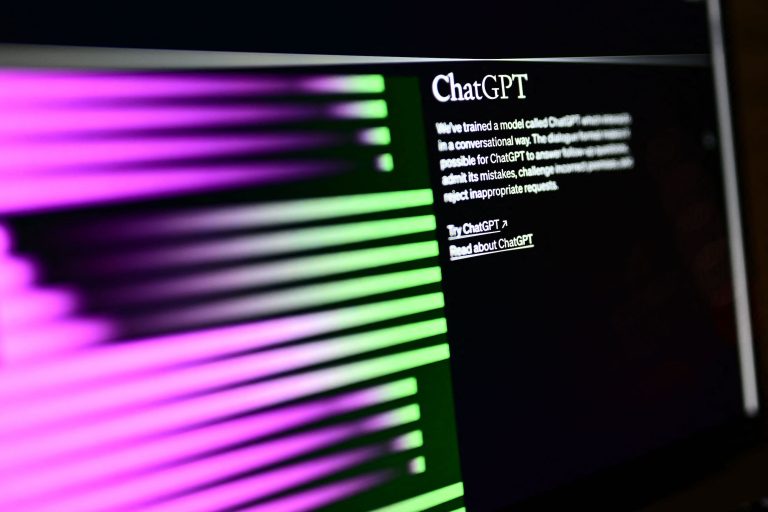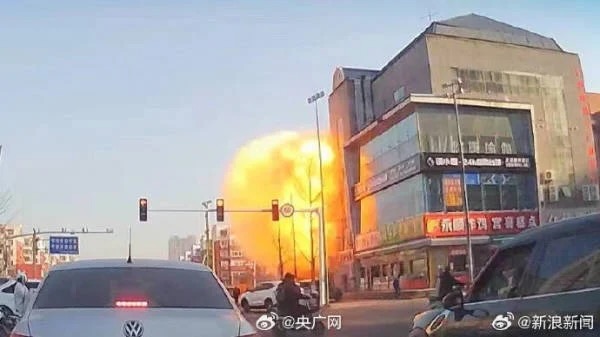The new smash hit Top Gun: Maverick movie was created as a joint project with the Pentagon, Freedom of Information Act documents show.
In a May 26 article published on the Shadow Proof website, investigative journalist Tom Secker unveiled a Production Assistance Agreement between the Department of Defense and Paramount Pictures.
The 11-page document specifically cites “Top Gun: Maverick” and outlines significant support to be provided by the U.S. Navy to the producers of the movie, including access to multiple naval bases between September of 2018 and July of 2019.
In one instance, the Agreement provided “internal and external placement of the Production Company’s cameras on F/A-18 E/F Super Hornets and Navy helicopters,” in addition to a Blue Angels Flight Squadron demonstration and water survival training.
Additionally, Paramount was granted the blessing of having the Navy “support flying scenes with Naval aircraft and Naval aviators,” in addition to “allow[ing] active-duty personnel in a duty status to appear in the film.”
Success
You are now signed up for our newsletter
Success
Check your email to complete sign up
But such provisions were, naturally, not granted for free. The document states that the Navy would, “Assign a senior staff post-command officer to review with public affairs the script’s thematics” to Paramount in exchange.
The officer was also tasked to “weave in key talking points,”
Another clause in the Agreement elucidates the Pentagon’s editorial oversight as it states that Paramount “must obtain, in advance, DoD concurrence for any subsequent substantial changes proposed to the military depictions made to either the Picture or the sound portions of the production before it is exhibited to the public.”
The Agreement also required Paramount to provide to the military a final cut of Maverick for screening in order to ensure compliance “to the agreed script.”
The article adds, “Even the set for the ‘Hard Deck Bar,’ which features strongly in the film, was constructed on Naval Base Coronado. It was apparently stored there ever since—pending its use in promotional events around the movie’s release.”
In an interview for a June 13 article with Mint Press News, Secker condensed his personal analysis of his FOIA discoveries in the following way, “It’s about rehabilitation of the military’s image in the wake of numerous failed wars.”
“The film also helps foreground human pilots flying an actual combat mission – something very rare in these days of high-altitude airstrikes and drone warfare.”
“It helps distract from all the drone pilots who’ve spoken out about the misery and horror inherent in that job,” he added.
Secker added to the point during his earlier Shadow Proof article, “The image of a bunch of hard-drinking, women-chasing pilots living the high-octane life grabs our attention, but ‘Top Gun’ also served as one of the first post-war movies.”
“The story was full of military characters, but it did not emphasise combat or bloodshed.”
To support his position, Secker also cited a quote from director of the original Top Gun, Tony Scott, who stated in 2004, “All these kids must hate me, because they all signed on thinking they’re gonna be fighter pilots pulling broads all over the world, and they all ended up eleven stories down on some [expletive] old aircraft carrier stuck in the Indian Ocean.”
Maverick serving as an overt military recruitment tool is far from any kind of conspiracy theory.
A June 5 article by Fox News opened with a lede paragraph that simply said the quiet part out loud, “The military will look for the success of ‘Top Gun: Maverick’ to boost recruitment, repeating the effect of the original film.”
Air Force Recruiting Service Commander Major General Edward W. Thomas told Fox, “We did get a good recruiting bump from ‘Top Gun’ in 1986 when I went to the theaters and saw ‘Top Gun’ with my friends…I was already excited about military aviation, but I got even more excited.”
“We expect ‘Top Gun: Maverick’ to do the same…You know, whether people want to aim high or fly Navy, we just want them to get excited about serving the nation in some capacity,” Thomas added.
Similarly themed articles were published on June 1 by Texas NBC affiliate DFW and May 30 by Fox Los Angeles. The NBC article included a link to the Navy website.
Some Twitter accounts, which have characteristics less of humans and more of bots or professional posters, similarly pushed the narrative, leaving breadcrumbs such as, “Top Gun: Maverick is some of the best military propaganda I’ve ever seen…I should call him (my recruiter).”
Robert Stahl, a professor of communications at the University of Georgia, told Mint Press, “Foreign policy planners famously nicknamed the public’s reticence to authorize military intervention in the 80s the ‘Vietnam Syndrome.’ The original ‘Top Gun’’ arrived just in time to clean up this image and clear the way for a more palatable high-tech vision of imperialism and ultimately the Persian Gulf War.”
“‘Top Gun: Maverick’ arrives at a similar moment in the shadow of Iraq and Afghanistan. And we will likely see a similar rebooting of the U.S. military machine,” Stahl posited.
















